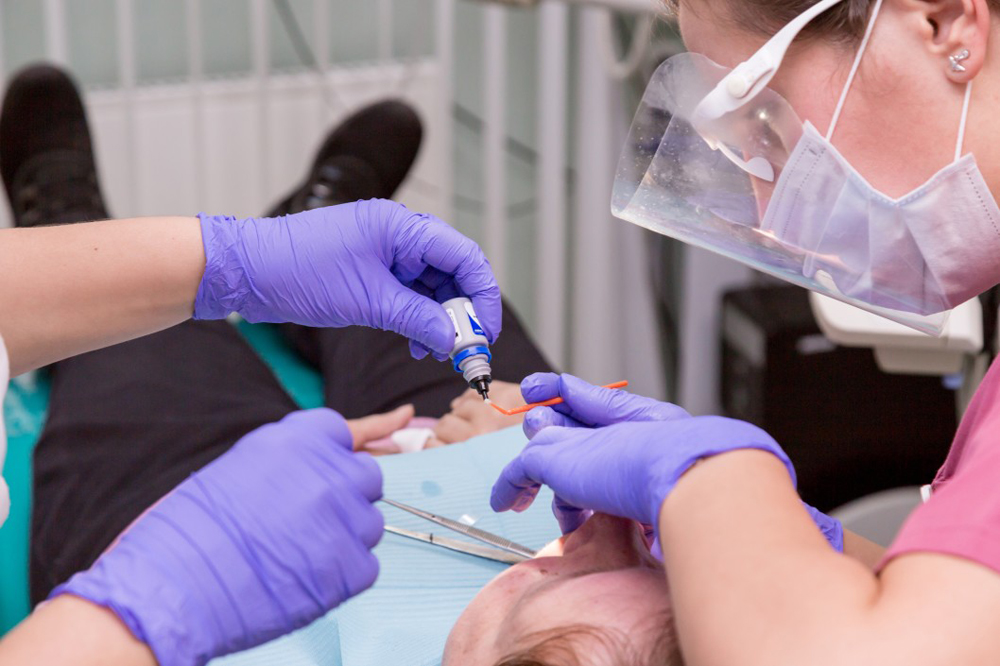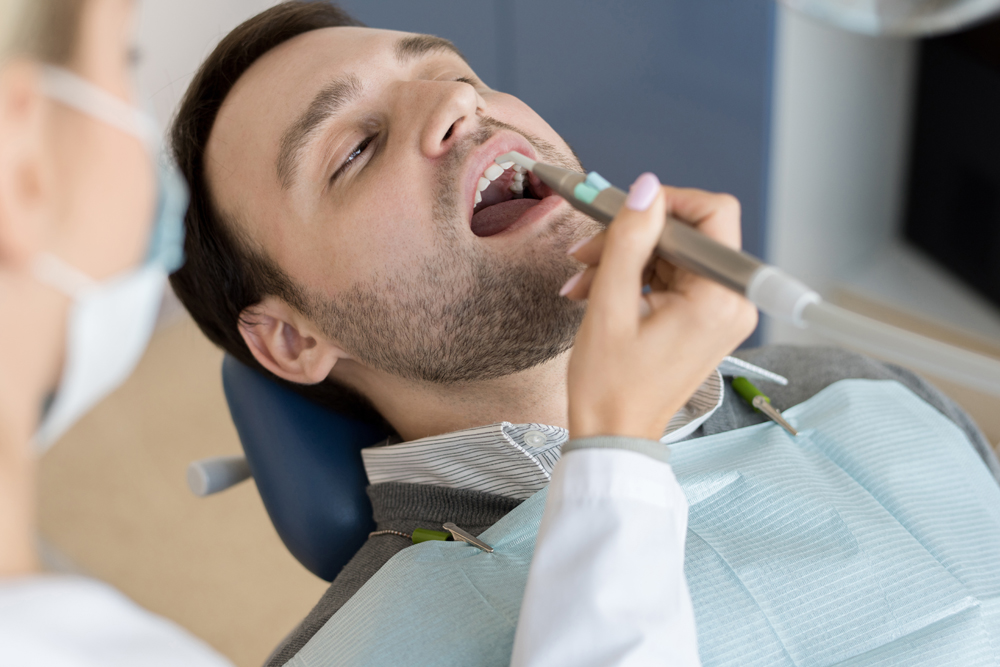DENTAL Fillings

What’s right for me?

Several factors influence the performance, durability, longevity, and expense of dental restorations, including:
- The components used in the filling material.
- The amount of tooth structure remaining.
- Where and how the filling is placed.
- The chewing load that the tooth will have to bear.
- The length and number of visits needed to prepare and adjust the restored tooth.
Before your treatment begins, your doctor will discuss with you all of your options and help you choose the best filling for your particular case. In preparation for this discussion, it may be helpful to understand the two basic types of dental fillings — direct and indirect.
Direct fillings
Direct fillings are fillings placed into a prepared cavity in a single visit. They include glass ionomers, resin ionomers, and composite (resin) fillings. The dentist prepares the tooth, places the filling, and adjusts it in one appointment.
Indirect fillings
Indirect fillings generally require two or more visits. They include inlays, onlays, veneers, crowns, and bridges fabricated with gold, base metal alloys, ceramics, or composites. During the first visit, the dentist prepares the tooth and makes an impression of the area to be restored. The dentist then places a temporary covering over the prepared tooth. The impression is sent to a dental laboratory, which creates the dental restoration. At the next appointment, the dentist cements the restoration into the prepared cavity and adjusts it as needed.
All Services
CONTACT US
Submit the form below with a desired date and we will respond instantly to book your appointment.
